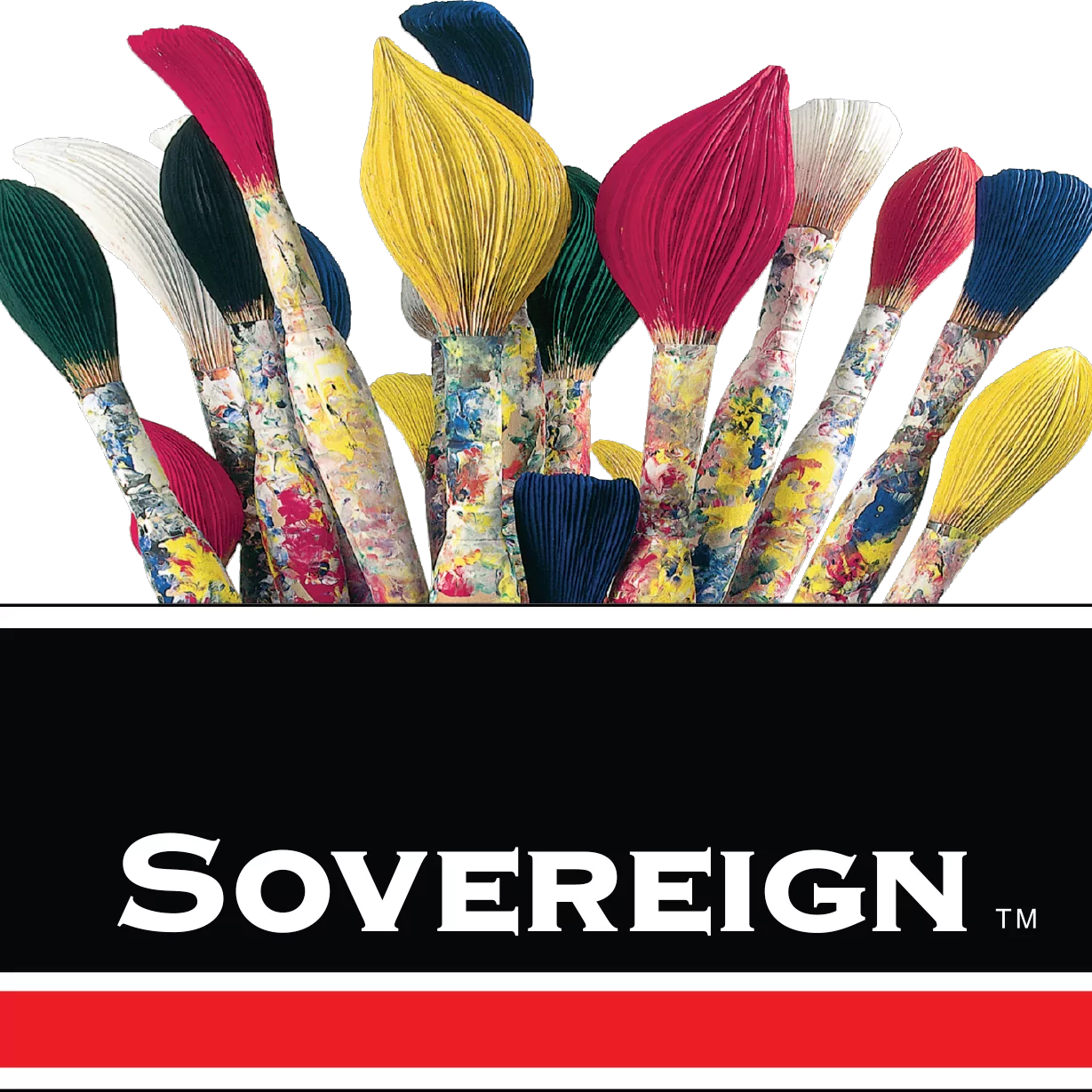Before we look in to what makes a portfolio stand out, I think it is important to figure out how to make a portfolio on Zealous. This help file will talk you through the process. Once you know the basics, you can then work on making it the best.
Guy Armitage – CEO of Zealous

We can’t talk about portfolios without hearing from Zealous CEO, Guy Armitage:
‘Spending weeks on perfecting something beautiful, only to then share a bad picture of it, is my biggest portfolio bugbear. You want people to have the best experience of your work. At the very least, light your work properly (even if using natural light from a window), breathe out when you take the picture (it will make your photo sharper even in darker settings), and make sure the image is straight (crop it if need be).
With posting videos, the visuals are important, but the audio is everything (trust me, I have made that mistake many times). A bad picture is unlikely to turn people away, but a bad soundtrack will force people to switch off your video. If you don’t have access to a good enough microphone, try and be creative. Maybe replace the soundtrack with music, have subtitles, etc.
Establish the purpose of your portfolio. If the purpose of your portfolio is to find new employment, put the most relevant work for the position you are actively pursuing at the top. If you are going after different types of work, separate your portfolio to ensure whoever is experiencing your portfolio sees what you want them to see first. Make sure they can also explore what else you are making (gives them an understanding of the depth of your experience). If your portfolio is the learn, then share often. Always put new work at the top so that anyone visiting your site can see your progression and comment on new content (social media is great for that, although fewer people will now see your post).’
Michelle Bowen – Director of UK New Artists

“Music and Film: Submit a snippet (trailer) to whet the appetite and then a link to the whole piece to give the entire experience.
Spoken Word: Where possible the writer should submit a video of them reading their own work; the impact is more ‘immediate’.
Theatre performance: Try and capture the performance or essence of the performance in the best possible way that you can afford e.g. video recording. Don’t submit a performance where the video is so far away from the stage and people are crossing across the camera!”
Coll Wheeler – Director of CIEDA

“I think the best advice is the common and most obvious one which is that you might have something in your portfolio that could really fit to the brief already and that you won’t need to always start a new piece from scratch. If it is something of good quality then it’s always worth a go because the more you enter the more chance you have to win.”
“A good example is Eric Takukam and ‘Autour Du Feux’ – a lovely piece of digital art that won the Huluku competition. It was already in Eric’s portfolio and he knew immediately that it was a great fit for the themes of authentic representation in digital art.”
Georgina Angus – Art Prize Manager of The Sovereign Art Foundation

“My tip would be to read the instructions properly. This may sound like a horribly obvious one but it is so clear when an artist has not read the instructions properly.
We run different types of prizes and so use the zealous platform differently for different types of prizes (student vs professional). Zealous makes this very easy for use to do, but artists do not always follow the instructions and put the information in the correct place. This ultimately effects what the judges see, which is what we work on trying to make consistent for all entries of the same competition.”
Sheri Gee – Art Director of The Folio Society

“When making the final selection, the difference between an artist making the cut and not can literally come down to whether they followed the rules. There is fierce competition and such a wealth of talent that you want to make sure your entry stands out for right reasons. Read the competition rules a few times and make sure you underline and understand any key information. If you miss something, such as the format (portrait/landscape), or whether you’re asked for an illustration, instead of a book cover, or if you haven’t followed the descriptions in the story, it can mean rejection, no matter how good the artwork is.
If the competition is asking everyone for an illustration for the same story or topic, you really need to think how your entry will stand out from the crowd. Be aware that many people will draw the same scene and often the same composition. Working through several concepts and thumbnails before you commit to final artwork will help you hit on an interesting viewpoint of composition that will catch the judge’s attention.”
Let us know you want us to write more content like this with a love!
Share
Authors







